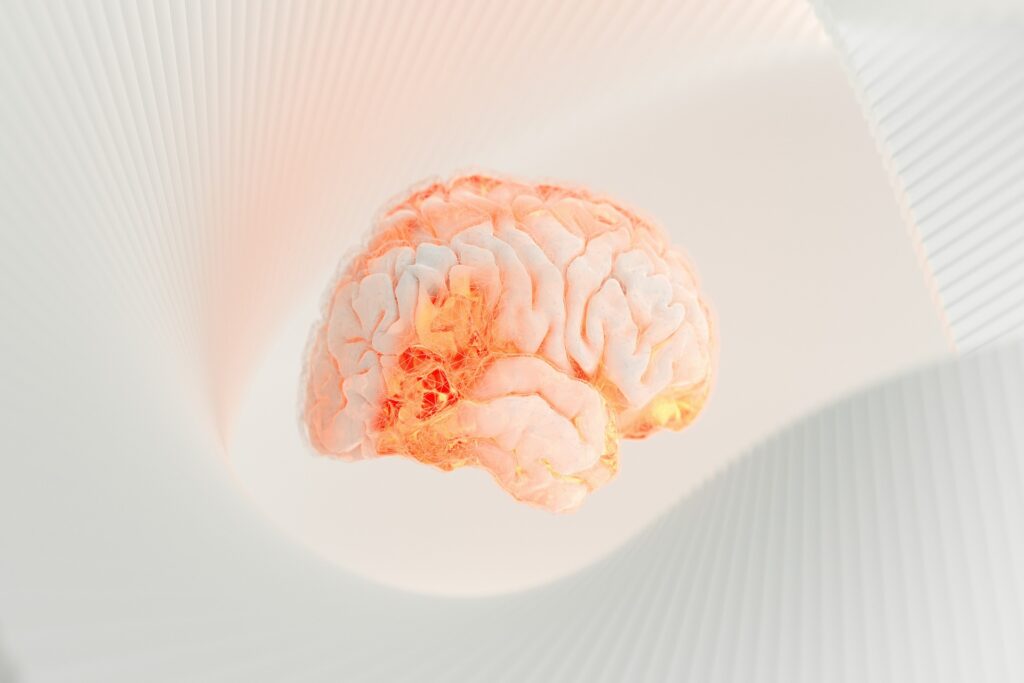Artificial intelligence (AI) probably impacts your life in more ways than you realize. It might help you choose an interesting title on Netflix or suggest a faster route for your work commute.
People are also investigating potential AI heating and air conditioning innovations. You likely don’t think about your climate control system often unless something goes wrong. However, it plays a critical role in keeping you comfortable and content. Here’s a look at how bringing AI to heating and air conditioning could result in appreciated benefits.
1. Saving Energy in Commercial Buildings
Reinforcement learning is a machine learning training method whereby computers receive simple instructions, then progressively improve their efforts by learning from mistakes. It works well in some AI applications, but not all of them. That’s because the algorithms typically try many approaches before discovering the ideal one.
Such fluctuations wouldn’t seemingly work well for AI heating and air conditioning experiments due to bringing such inconsistency to a building’s occupants. However, researchers recently came up with an adapted method that worked.
It involves showing computers straightforward theoretical models before exposing them to real-life data. The team compared this approach to reading an owner’s manual before taking a first drive in a new car.
This method meant that when the computers started the learning process on the real-life systems, they could draw on what they learned previously without making so many wildly incorrect guesses early in the process. The engineers tested this approach on the climate control system of an 100-room building.
The reinforcement learning style resulted in a more than 20% reduction in energy used. The people who tried this method believe its applications span beyond AI-driven heating and air conditioning and could include any scenarios where large variations in operating conditions could spark security or financial-related concerns for a business.
2. Keeping Passengers and Drivers More Comfortable During Car Trips With Fewer Interactions
You’ve probably felt most appreciative of your vehicle’s climate control system during long journeys in extreme temperatures. It makes both sweltering heat and frigid cold more tolerable by letting you create an ideal temperature in the car’s interior.
What if your vehicle knew your preferred temperature as soon as you got inside? A company introduced such a solution at the CES conference. It learns the preferences of people in the automobile, then immediately adjusts to suit them.
This AI heating and air conditioning invention also has a voice control component. It differentiates between people based on their vocal characteristics.
The enterprise behind this offering also envisions when such features would apply to any vehicle a person uses. For example, if they get into an Uber driver’s car or use a friend’s vehicle for the weekend, the AI would maintain the ideal climate there, too.
Besides promoting comfort, this innovation has a safety aspect. Distracted driving causes about 3,000 crash-related fatalities annually in the United States. One type happens when people take their hands off the steering wheel, such as to fiddle with the climate control system. If they can eliminate that due to a high-tech advancement, they’ll avoid some accidents.
3. Reducing Outages in Managed Buildings
A faulty climate control system in your apartment building or workplace is certainly a bother. Still, it’s probably not your issue to address unless you’re part of the facilities management team. Reporting it through the proper channels is enough to kickstart the repair process.
However, a building manager understandably wants to avoid system failures. Specialized AI heating and air conditioning interfaces make that possible. They enable transitioning from reactive to proactive when responding to trouble.
Most products on the market work with Internet of Things (IoT) sensors. They collect data about things like abnormal vibration or abnormal temperatures associated with climate control equipment. AI algorithms then analyze the data and warn maintenance crews of impending failures.
Some solutions show alerts to users based on urgency. Certain issues require immediate attention to prevent service outages. Others require technicians to investigate matters within several days to find the root cause of an abnormality, but they may not reveal evidence of emergencies. Such triaged information helps facilities maintenance teams prioritize their time.
4. Enhancing Comfort in Shared Spaces
Conventional thermostats aren’t ideal for managing the temperature preferences of people in classrooms, communal work areas or other shared places. Individuals usually must submit requests to facilities managers before temperature changes happen. Even then, what one or a few people want is often different from the temperature preferred by most occupants.
A new AI heating and air conditioning system with thermal and 3D video cameras could tackle these challenges and eliminate wall-mounted thermostats. The cameras measure occupants’ facial temperatures, and the data goes into a predictive model. The algorithm compares the individuals’ temperatures with their preferences.
The final stage of the process determines the precise temperature that will keep most of the people in the room happy with minimal energy expenditure. The researchers involved in this project pointed out that this approach is particularly valuable in cases where mandatory personal protective equipment could significantly alter someone’s body temperature.
One experiment tasked the system with finding the ideal temperature for 10 people wearing laboratory gear. It’s also advantageous that a single camera can monitor multiple occupants, and those people do not need to use wearable sensors.
5. Giving Households More Visibility Into Their Climate Control Usage and Needs
Most people occasionally receive their utility bills, examine the details and wonder why the amount was so much higher than usual during a given month. Fortunately, AI heating and air conditioning gadgets for consumers can prevent such surprises.
For example, some smart thermostats suggest a temperature that keeps a family comfortable and saves energy. The Ambi Climate system has an optional AI feature that lets users tell the system how they feel during a moment in time. It then factors in the temperature, weather and humidity to automatically keep people comfy.
People who buy a Nest Learning Thermostat can use the Safety Temperature feature to keep their pipes from freezing and bursting — especially during unoccupied periods. If the environment drops below a defined temperature, the heating automatically comes on until the home becomes warm enough to prevent pipe-related catastrophes.
AI heating and air conditioning tools for households also let people track trends. Then, it’s easier to see why utility expenses were higher than usual and take action to cut costs associated with the next billing period.
AI Heating and Air Conditioning Tech Will Bring More Convenience
The ideal scenario is if a household or commercial climate control system works flawlessly as needed. These examples of AI heating and air conditioning options show why they could move the reality closer to that goal by preventing unexpected outages, saving energy and maintaining comfort.
Recent Stories
Follow Us On
Get the latest tech stories and news in seconds!
Sign up for our newsletter below to receive updates about technology trends














